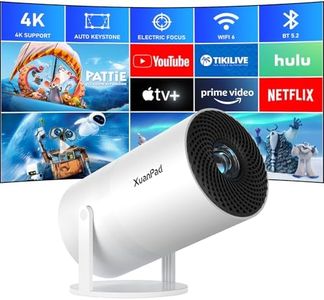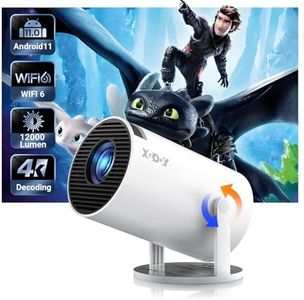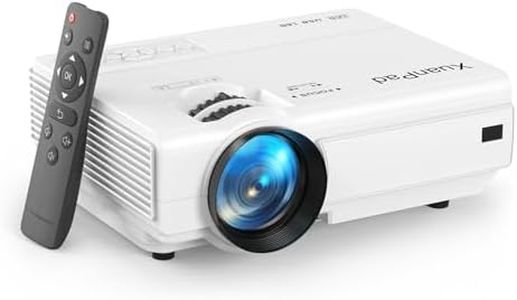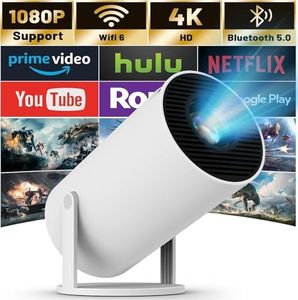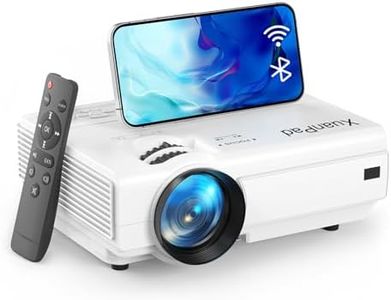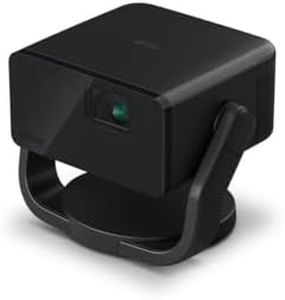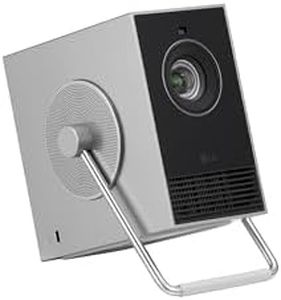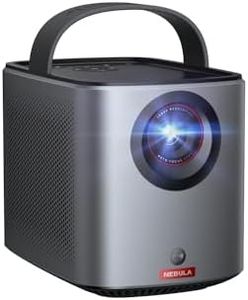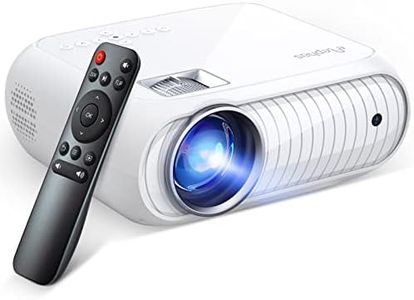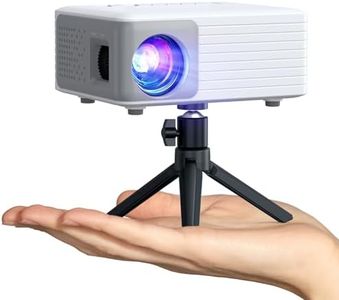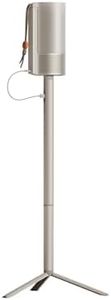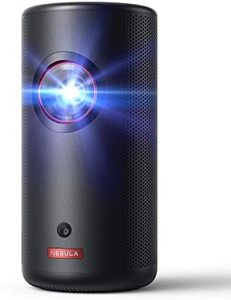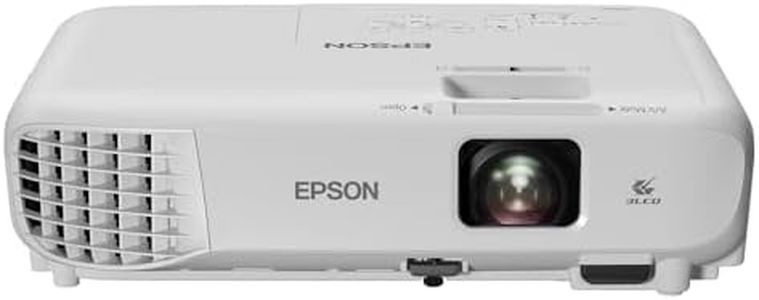Buying Guide for the Best Mini Projectors
When choosing a mini-projector, it's important to consider how and where you plan to use it. Mini-projectors are great for portability and convenience, making them ideal for small spaces, travel, or outdoor use. However, they come with a range of features and specifications that can significantly affect performance and suitability for your needs. Understanding these key specifications will help you make an informed decision and ensure you get the best mini-projector for your specific requirements.Brightness (Lumens)Brightness in mini-projectors is measured in lumens and indicates how well the projector can display images in different lighting conditions. A higher lumen count means a brighter image, which is crucial if you plan to use the projector in a well-lit room or outdoors during the day. For dark rooms, a lower lumen count may suffice. Typically, mini-projectors range from 100 to 1000 lumens. If you need a projector for presentations or daytime use, aim for the higher end of the spectrum. For home cinema use in a dark room, lower lumens can still provide a good experience.
ResolutionResolution refers to the number of pixels that make up the image on the screen, affecting the clarity and detail of the picture. Common resolutions for mini-projectors include 480p, 720p, and 1080p. Higher resolutions provide sharper and more detailed images, which is important for watching movies or displaying detailed presentations. If you prioritize image quality and plan to use the projector for HD content, opt for at least 720p or 1080p. For basic presentations or casual viewing, 480p might be sufficient.
PortabilityPortability is a key feature of mini-projectors, making them easy to carry and set up in various locations. This includes the size, weight, and battery life of the projector. Smaller and lighter projectors are easier to transport, but may compromise on features like brightness or resolution. Consider how often you'll be moving the projector and whether you'll have access to power outlets. If you need a projector for travel or outdoor use, prioritize lightweight models with longer battery life. For stationary use, size and weight may be less of a concern.
Connectivity OptionsConnectivity options determine how you can connect your devices to the projector. Common options include HDMI, USB, Bluetooth, and Wi-Fi. HDMI is essential for connecting to most modern devices like laptops and streaming devices. USB ports can be useful for playing media directly from a flash drive. Bluetooth and Wi-Fi allow for wireless streaming from smartphones and tablets. Consider what devices you plan to connect and ensure the projector supports those connections. If you value wireless convenience, look for models with Bluetooth or Wi-Fi capabilities.
Throw Distance and Screen SizeThrow distance is the distance between the projector and the screen, which affects the size of the projected image. Mini-projectors often have a short throw distance, meaning they can project a large image from a relatively short distance. This is ideal for small spaces. Check the projector's specifications for the optimal throw distance and screen size range. If you have limited space, look for a projector with a short throw distance. If you have more room, you might prefer a model that can project a larger image.

